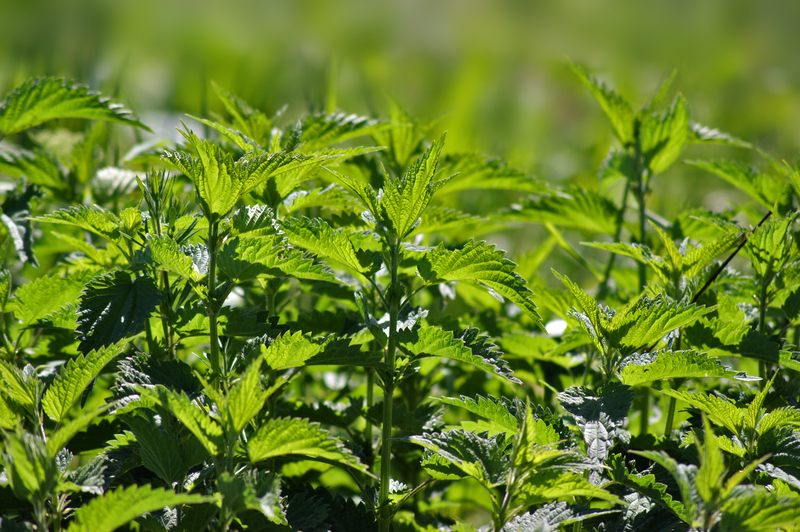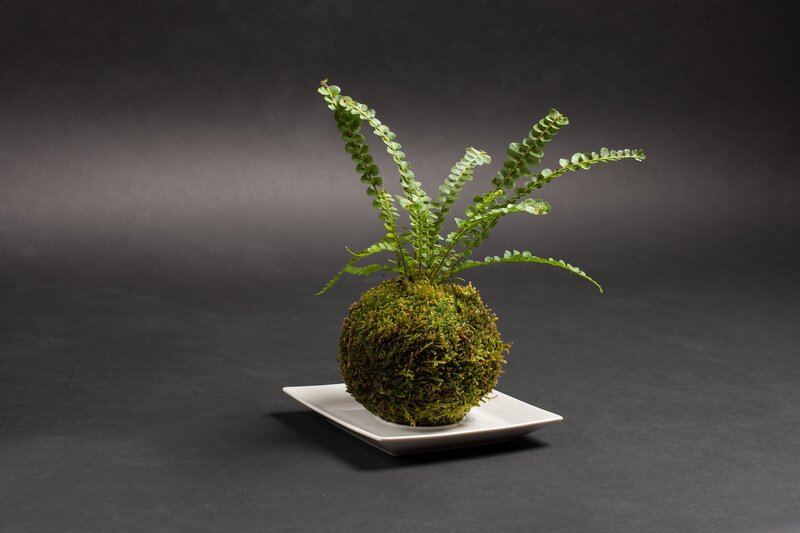How to Use Fencing and Foliage to Create a Private Garden Escape
Are you dreaming of transforming your outdoor space into a secluded retreat? Combining fencing and foliage is the perfect strategy to create a lush, private garden escape right in your backyard. Whether you crave a tranquil nook for reading, a quiet spot for meditation, or a safe play area for your children, keeping prying eyes at bay is essential for enjoying your garden sanctuary. In this comprehensive guide, we'll walk you through the secrets to using fencing and plants for privacy, designing layers of natural screening, and making your garden both welcoming and secure.
Why Garden Privacy Matters
Privacy is about much more than just blocking out neighbors. Creating a private garden boosts your comfort, enhances property security, and lets you enjoy special moments with loved ones without interruption. Here's why investing in a private outdoor escape using fencing and greenery is worth the effort:
- Security: Solid fencing and dense foliage act as natural barriers, deterring unwanted visitors.
- Comfort: A hidden garden space encourages relaxation, creativity, and peace of mind.
- Beauty: Cleverly layered plants and well-chosen fences add visual interest, color, and year-round appeal.
- Functionality: Private areas allow families to dine, swim, or play undisturbed.

Choosing the Right Fencing for Garden Privacy
A sturdy fence is the backbone of any private garden retreat. It defines boundaries, supports climbing plants, and provides instant screening. But what type of fencing best suits your needs? Let's explore several options that blend privacy, style, and durability.
1. Wooden Fences
Classic wood fences offer warmth, character, and flexibility. They're easy to customize with paint, stains, or decorative panels. Choose from styles like:
- Solid panel fences for maximum privacy and wind protection.
- Lattice fences for partial screening and vertical plant support.
- Picket fences with tighter spacing for a cozy, cottage-garden feel.
Tip: Never let wood touch the ground directly. Pressure-treated or rot-resistant woods last longer and reduce maintenance.
2. Metal and Composite Fencing
If you want a sleek, contemporary look, consider metal or composite fencing. Powder-coated aluminum, steel panels, or composite boards offer low maintenance and excellent longevity. You can combine them with natural materials for a unique, layered effect.
- Slatted metal fences allow airflow but reduce visibility.
- Composite fences mimic wood without painting or sealing.
3. Living Fences and Hedges
For a completely organic barrier, dense hedges and living fences make wonderful privacy screens. Consider these popular species for year-round coverage:
- Boxwood: Elegant, evergreen foliage perfect for trimmed hedges.
- Leyland Cypress: Fast-growing and dense, ideal for tall, green walls.
- Privet and Holly: Hardy, versatile, and great for sculpted hedges.
- Bamboo: Rapidly grows and forms screens, but beware of invasive types.
Pro Tip: Layer living fences with solid fencing for instant privacy while plants mature.
Selecting Foliage for Privacy and Beauty
The magic of a:secluded garden escape lies in how you use a diversity of plants to soften boundaries and enhance seclusion. Thoughtful selection and strategic placement will turn your perimeter fence into an immersive oasis.
1. Evergreen Screening Plants
- Laurel: Thick leaves, rapid growth, perfect for shady or sunny spots.
- Arborvitae: Slim, upright, and popular for year-round green walls.
- Photinia: Glossy, dark green with crimson shoots, excellent in mixed borders.
2. Flowering Shrubs and Climbers
- Clematis and Honeysuckle: Romantic, scented blooms for vertical trellises.
- Jasmine: Intensely fragrant foliage cascades over fences for enchanting privacy.
- Hydrangea: Large leaves and rounded blossoms offer both privacy and beauty.
3. Fast-Growing Hedges
- Bamboo: Quick screening solution; choose clumping varieties to contain spread.
- Willow: Living willow fences (woven hurdles) create rustic, green walls.
Blending Fencing and Foliage: Design Tips
The most private gardens use multiple layers of screening. Mixing solid fencing, open lattice, and thick planting provides depth, texture, and four-season visual interest. Use these expert privacy landscape design tips:
1. Layer Your Screens
- Start with a solid base: Install your main fence on the property boundary.
- Add a living layer: Plant shrubs or small trees a few feet inside the fence to soften lines.
- Vertical accents: Trellises and climbing frames create additional privacy and support vines.
2. Consider Height and Depth
- Check local regulations before building high fences - usually six feet is the maximum for rear gardens.
- Stagger plant heights by placing trees, shrubs, and perennials in terraces or undulating borders.
3. Use Corner Plantings and Alcoves
Strategically planted trees or tall shrubs in corners and along pathways break up sight lines and create intimate "rooms" within your garden. A small alcove with a bench becomes a hidden garden retreat.
4. Mix Textures and Colors
- Evergreens for year-round coverage and structure.
- Flowering plants for seasonal interest and pollinators.
- Grasses and bamboo add movement, sound, and light screening.
Planting and Maintenance Considerations
Building and planting your garden privacy screens is just the start. Ongoing care ensures your green barriers remain healthy, effective, and beautiful. Here's what to keep in mind:
1. Soil and Spacing
- Prepare soil thoroughly with organic matter before planting hedges.
- Follow recommended spacing for each species to create a dense barrier without crowding.
2. Watering and Feeding
- New plantings require regular watering until established; mulch helps conserve moisture.
- Fertilize hedges and shrubs annually to maintain vigorous growth and dense foliage.
3. Pruning and Shaping
- Prune hedges and climbers consistently to shape and thicken growth.
- Remove dead or diseased wood to keep fences and plants healthy.
Eco-Friendly and Wildlife Considerations
A thoughtfully planted private garden escape doesn't just benefit your family. It can support wildlife and improve the environment.
- Native hedges and climbers attract birds, bees, and butterflies.
- Mixed planting offers food and shelter for beneficial insects and small mammals.
- Living fences help manage rainwater and reduce urban heat.
Creative Ideas for Stylish Privacy Fencing
Your garden privacy fencing can look just as good as the plants around it! Consider these creative options to blend security with stunning design:
- Horizontal timber slats create a modern, open feel while blocking direct views.
- Decorative metal panels with laser-cut patterns filter light and cast dramatic shadows.
- Gabion walls: Steel cages filled with stones or logs offer a rustic and soundproof border.
- Green walls: Living plant panels mounted on fences provide instant screening and biodiversity.
Case Studies: Inspiring Private Garden Transformations
Urban Courtyard Sanctuary
In a busy city, privacy is at a premium. Homeowners transformed a small concrete yard into a verdant hideaway by installing high slatted fences and planting fast-growing bamboo. A living wall of clematis and seasonal bulbs brought fragrance and color, creating an urban oasis perfect for relaxing after a long day.
Suburban Family Retreat
A family in the suburbs wanted a safe, private place for their children to play. They combined sturdy wooden fencing with mixed hedges of viburnum and laurel. Lattice trellises allowed passionflower and honeysuckle to grow, softening the fence boundary and attracting butterflies and songbirds. A bench beneath an arch of roses completed their secret garden.
Common Challenges and How to Solve Them
- Low sunlight: Choose shade-tolerant evergreens such as yew or holly.
- Unruly climbers: Install strong supports and prune regularly to control growth.
- Invasive species: Use root barriers and favor non-invasive bamboo or shrubs.
- Regulation restrictions: Check with local authorities about maximum fence heights and protected views.

Frequently Asked Questions
- How long does it take for foliage privacy plants to grow?
Most fast-growing hedges reach 6 feet in 2-4 years. Combine instant fencing with young plants for immediate screening. - Which plants require the least maintenance?
Boxwood, privet, and evergreen viburnum are relatively low-maintenance. Choose according to your local climate. - What is the best fence for small gardens?
Use slatted fences or trellises with climbers to avoid casting full shade and making the space feel smaller. - Can I use artificial greenery for privacy?
Artificial hedges and panels work for balconies or temporary screens, but living plants provide better beauty and environmental benefits. - How do I integrate lighting into my private garden escape?
Use solar uplights beneath foliage, string lights on trellises, or lanterns along walkways for magical evening ambiance.
Conclusion: Enjoying Your Personal Paradise
Bringing privacy and tranquility to your garden is about more than erecting a barrier. By combining fencing and foliage, you can create a landscape that soothes the senses, connects you with nature, and offers a peaceful haven. With thoughtful design, the right plants, and creative fencing, your outdoor space can become a cherished private garden escape--a place to relax, entertain, and recharge, shielded from the outside world.
Ready to get started? Sketch your dream garden, research local plant options, and start layering fencing and foliage for the privacy you deserve. For more inspiration and tips, explore garden design resources and consult with landscape professionals in your area.